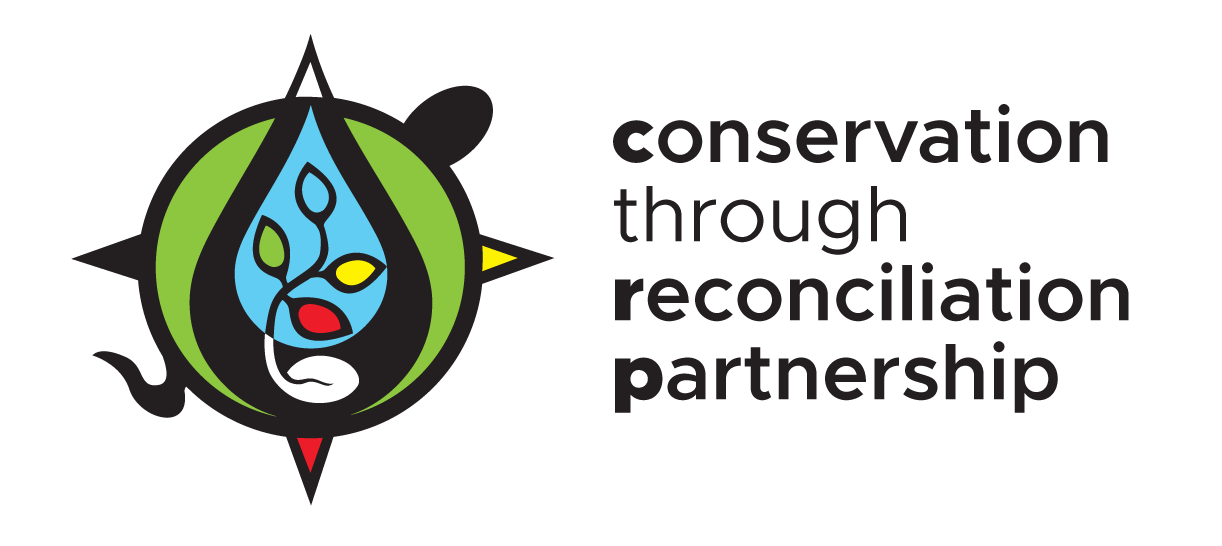Lighting a ‘good fire’: Indigenous fire knowledge and reconciliation in protected areas
By Colin R. Sutherland, PhD, Postdoctoral Researcher with CRP and the Indigenous Use of Fire Steering Committee
January 13, 2021
In Canada, many land managers are scrambling to address the negative impacts of over a century of wildland fire suppression, an approach to fire management that aims to limit the amount of fire on the landscape. This approach has interrupted natural fire cycles and has led to an increase in flammable forest fuels, the loss of fire-adapted ecosystems, and the allowance of urban expansion into fire prone environments.
Historically, wildland fire was a process that threatened the expansion of Canadian railroads, national parks, forestry and settlement. Fire provided little in the way of value and threatened the notion of a pristine and untouched wilderness. What contemporary ecologists have learned, and what many Indigenous communities already knew, is that wildland fires and the practice of landscape burning play important roles in many ecological communities across North America. Ironically, many of the landscapes early Canadian settlers sought were intimately tied to a long history of Indigenous burning. Rather than a threat, burning was a means of caring for land, a process with practical and spiritual implications. Indigenous burning reduced the risk of larger fires, maintained trails, and encouraged the proliferation of wild foods. The methods and knowledge that inform these practices are as diverse as Indigenous Peoples themselves.
“when we create the space for the Indigenous use of fire, we are directly engaging with issues of sovereignty, reconciliation, and care. ”
New life emerges only days after a prescribed burn in Point Pelee National Park, the traditional territory of the Three Fires Confederacy of First Nations, specifically, this is the home of Caldwell First Nation, and part of the house of Walpole Island First Nation. Photo by Colin Sutherland
As Indigenous Peoples continue or revive burning practices on the land, they inevitably rub up against an ongoing history of fire management that attempts to exclude such knowledge and practice. In fact, our current wildfire challenges are connected to the removal of Indigenous Peoples from their territory and the criminalization of human-fire relationships with land. For many years, Indigenous people could be charged in provinces like British Columbia or Alberta for conducting traditional burns. Both the process of forced removal and criminalization interrupted Indigenous approaches to fire and also unevenly impacted the integrity of local fire knowledge.
Today, getting fire back on the land remains a challenge to even the most progressive federal and provincial fire institutions who have begun to appreciate the important role played by fire. In the wake of large, uncontrolled wildfire events, so-called prescribed burns can be an opportunity to avoid disaster. These smaller, planned burns play an important role in fostering resilient and biodiverse landscapes, mimicking but not perfecting Indigenous burning practices. Unfortunately, it can be difficult to gain public buy-in for prescribed burns due to the perceived risk they pose.
The challenges presented by fire suppression and limits to Indigenous burning are worsened by the changing nature of ecosystems in the wake of global climate change. Longer fire seasons and tighter budgets are making this work of fire management more difficult. This is bad news for Indigenous Peoples in Canada who are already disproportionately impacted by smoke and evacuations. In places where Indigenous-led burning and fire management is practiced, communities are seeing success that should be celebrated and valued. These places are often:
More biodiverse;
Have sites where culturally significant resources can be cultivated; and in some cases,
Have facilitated a safer and more resilient landscape.
Encouraging what Métis scholar Amy Cardinal Christianson calls ‘good fire’, requires both an appreciation for the role fire can play ecologically and for the ongoing relationship to land that burning invites. For Christianson, good fire is about balance.
As the limits of state-led fire management are identified, fire agencies in the Yukon and BC, along with Parks Canada, are recognizing Indigenous fire knowledge as key components to fire management success. In some Canadian national parks, fire management staff have created the space for Indigenous ceremony at prescribed burns, actively engaged Indigenous partners on burning practices, helped to include Indigenous concerns around culturally significant sites, and framed burning as a significant eco-cultural practice essential to achieving ecological integrity.
As the CRP works with its many partners, including Parks Canada, our discussions will help to identify what makes meaningful Indigenous-led fire management possible in state and Indigenous-led protected areas. What we do know from the successes of Indigenous-led fire initiatives is that when we create the space for the Indigenous use of fire, we are directly engaging with issues of sovereignty, reconciliation, and care.
Further Learning:
Blazing the trail: Celebrating Indigenous Fire Stewardship: https://firesmartcanada.ca/product/blazing-the-trail-celebrating-indigenous-fire-stewardship/
Engaging with Indigenous fire knowledge requires meaningful reflection on the impact of colonialism. Lessons from California: https://www.vox.com/first-person/21517619/california-wildfires-indigenous-controlled-burns
Amy Christianson’s podcast, ‘Good Fire’ showcases Indigenous fire practitioners at work. https://podcasts.google.com/feed/aHR0cHM6Ly95b3VyZm9yZXN0cG9kY2FzdC5jb20vZ29vZC1maXJlLXBvZGNhc3Q_Zm9ybWF0PXJzcw/episode/NTk0NGJhOTBlMTEwZWJlY2FlMzI5ODY1OjVkNjgxZGE4YzQ0ZTE1MDAwMTg2ZGUxNTo1ZGE3ZGI0MTgyNjA5YzRmZTZjMjM2NTg


